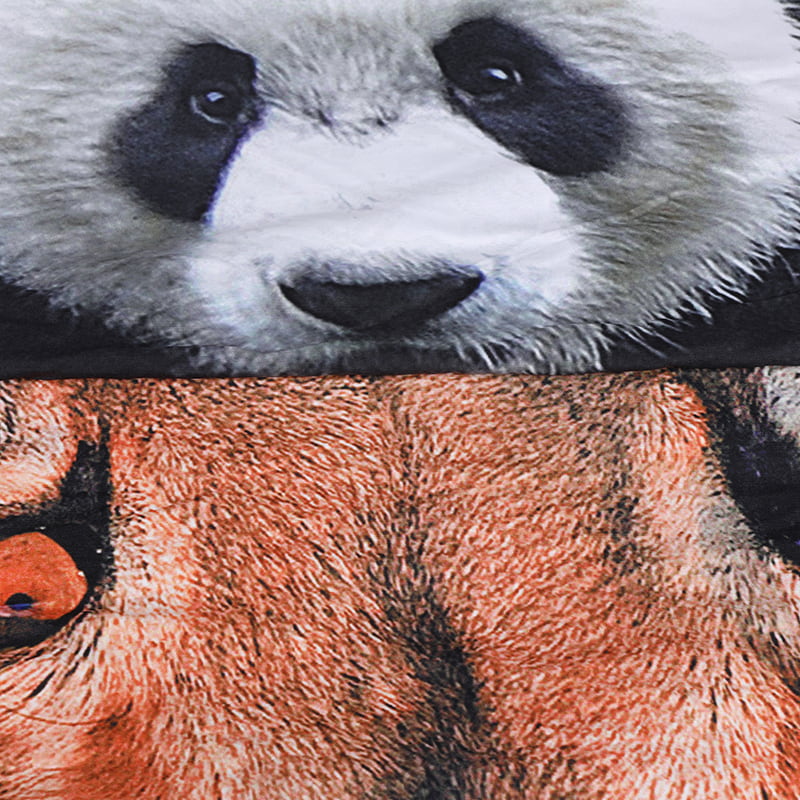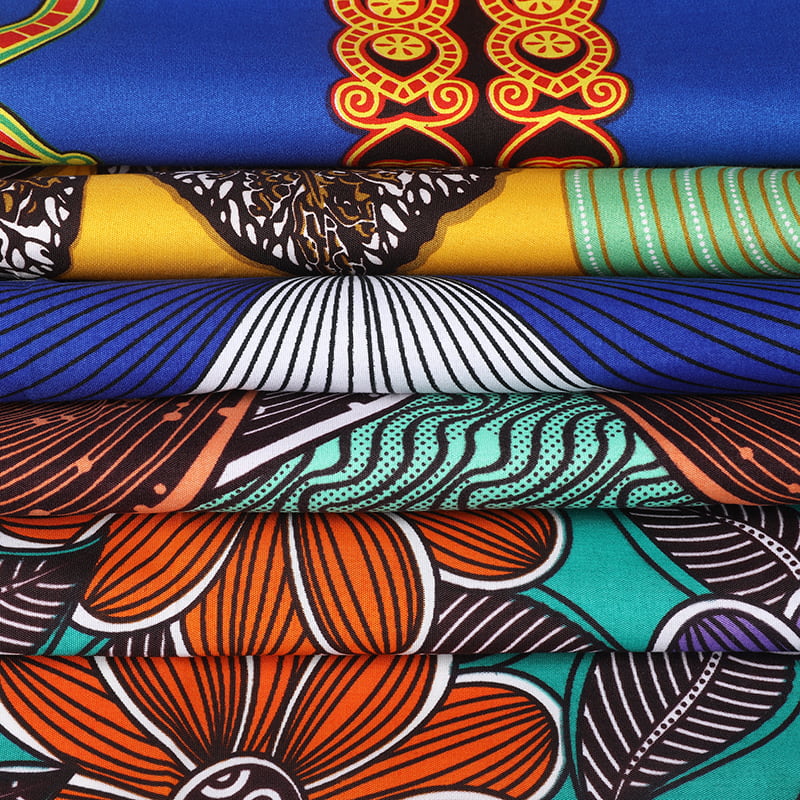Textile printing is generally based on dyes, especially on silk fabrics, it is necessary to use corresponding dyes according to different fiber properties. The technical process and supporting equipment are relatively complicated. Pigment printing paste is used as printing material for printing, which is called "water-based ink". Due to the need for practicality, the color of textile screen printing must have a certain degree of fastness (not easy to fade), and at the same time, its color changes greatly, so the size and color should be sold and stored separately, and printed according to requirements when used. pulp. In addition, there are many special functional pigment printing pastes, which are often not limited by the properties of fabric fibers, so pigment screen printing occupies a certain position.
Textile screen printing can be divided into rotary screen and flat screen. Flat screen equipment includes printing platen, automatic flat screen printing machine and rotary printing machine. Among them, the maximum width of the automatic flat screen machine is 3.2m, the length is about 60m, and the maximum color registration is 24 colors. It is large-scale equipment; textile screen printing is generally continuous printing, even handkerchiefs and tablecloths with independent patterns are printed continuously and then cut. Most of the clothing pieces and T-shirts are printed on turntables.
What is the difference between reactive printed fabric and pigment printed fabric?
1. Pigment printing is combined with the fabric by physical bonding, while dye printing is directly combined with the fabric by van der Waals force.
2. Generally speaking, the touch of reactive printing is softer, and the rubbing fastness of pigment printing is relatively not very good.
3. In terms of price, reactive printing is generally more expensive (when other conditions are similar). Reactive printing, as the mainstream printing technology, has been widely spread and widely used in cotton and linen fabrics.
4. In general, reactive printed fabric produced by regular manufacturers is environmentally friendly, has low formaldehyde content, bright color, good color fastness, soft hand feeling after printing, and the printed parts are not sticky. Very good, these are beyond the reach of pigment printing.
5. As a simple printing method, pigment printing has a simple process and low cost, but has many disadvantages. For example poor color fastness, not resistant to washing; hard hand feeling, rough contact with skin; poor environmental performance, there are two kinds of coatings for printing, one is not environmentally friendly, the other is environmentally friendly, and this is difficult to distinguish; formaldehyde content ratio The activity should be high; the printing part is sticky, especially in summer when it comes into direct contact with the skin, it will be very sticky and uncomfortable.
Changxing Guojun Textile Co., Ltd. is a wholesale 100% polyester fabric factory and microfiber fabric manufacturer in China, we provide custom textile fabrics at factory prices, welcome to inquire.














